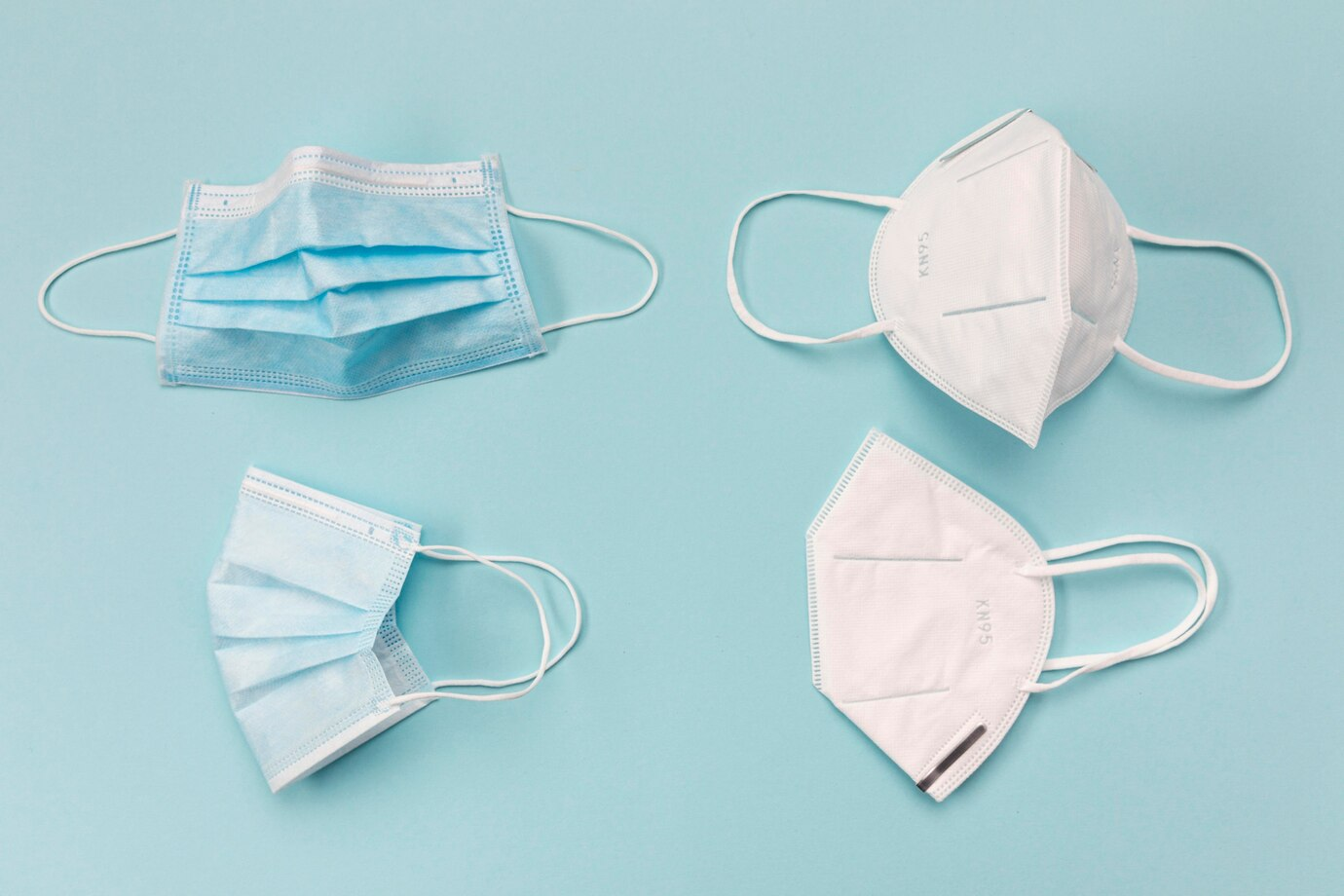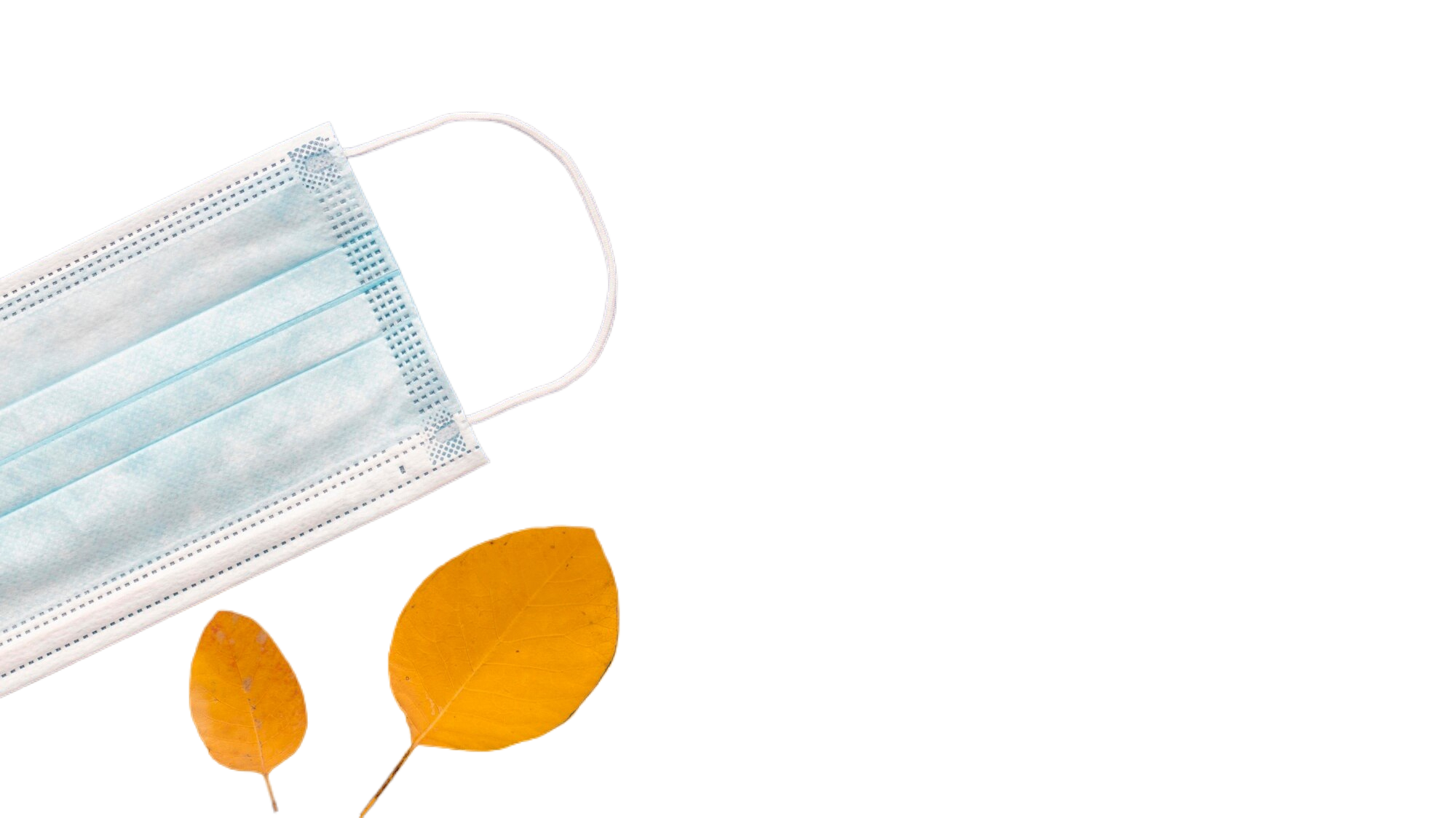The N95 respirator mask is crucial for protecting healthcare workers and the public from airborne particles with mask filters
With growing awareness and need for protection, understanding its use, filtration, fit, and proper application is essential.
What is an N95 Mask?

An N95 mask, also known as an N95 respirator, is a respiratory protective device designed to achieve a very close facial fit and very efficient filtration of airborne particles.
The 'N95' designation means that when subjected to careful testing, the respirator blocks at least 95% of very small (0.3 micron) test particles when worn.
The Latex free head straps,exhalation valve are cruical for disease control and spreading of viruses in a critical industrial or manufacturer for example the straps and filtering facepiece respirators have a good quality masks worn with n95 masks that protection from fog and fogging fumes.
The dust mask and face masks are designed to protect individuals from airborne particles, solid and liquid aerosols, and contaminants to breathe wearing a face mask to protect skin and filter to wear.
They ensure a better fit for enhanced safety and comfort, making them easier to wear and breathe through the nose,glasses and features low profile one size that fits most nose sizes.
the face masks and features makes it easy to wear and comftable for wearer of face masks
This level of protection, offering a perfect fit to protect the wearer from large droplets in the air and particulate matter, makes it essential equipment in healthcare settings, construction, and manufacturing industries.
Disposable masks wearer, reusable respirators, and safety masks are crucial for respiratory protection, each designed to meet specific requirements with disposible filters on face mask.
Whether protecting against dust, ensuring a perfect fit even with facial hair, or offering a barrier against contaminants, these protective measures are essential for maintaining health and safety in various environments.
Disposable safety mask and face maks offer convenience for short-term exposure, protecting against dust and particles. Reusable respirators, or filtering facepiece respirators, provide long-term protection.
These dust masks can be equipped with an exhalation valve for easier breathing through pre-stretched filters that protect against airborne contaminants.
They feature a secure fit with an adjustable nose clip for a good seal and a glue-bonded design to ensure they can be worn comfortably while offering protection.
The Importance of Filtration

The primary function of the N95 respirator mask, manufactured with a tight seal to the skin to ensure minimal contact leakage, is its superior filtration capability via filters.
This mask, often equipped with a valve for easier breathing, is designed for both health and industrial applications, providing robust protection against airborne particles.
The mask’s layers are made from a polypropylene fibre that acts as a barrier against particles such as bacteria, viruses, dust, and other airborne pollutants.
For healthcare professionals, this filtration ensures a safer working environment, particularly when dealing with infectious diseases via face masks and covering the nose.
For the general public, wearing an N95 can significantly reduce exposure to environmental pollutants and allergens via the the edges with filter and rubber manufacturer dealing with customers.
Fit Matters

For an N95 mask to be effective, it must fit properly, ensuring a snug fit for all face sizes. Its skin-friendly material and high-efficiency filter provide optimal protection. Available in packs and boxes, it's a key tool in disease prevention..
A correct fit ensures that air is being filtered through the mask rather than leaking around the sides.
Healthcare providers undergo fit testing to ensure the masks they use provide the maximum level of protection.
The general public, while not typically able to access formal fit testing, should follow guidelines to make sure their mask is snug against their face, covering the nose and mouth without gaps.
Proper Use is Key

Understanding how to properly use an N95 face masks is crucial.
This includes knowing how to put it on, take it off safely, and when to replace it.
An N95 respirator should be used in conjunction with other protective measures, such as regular hand washing and social distancing when possible. Here are some steps for proper use:
- Inspect the mask for any damage before use.
- Wash your hands thoroughly before handling the mask.
- Position the mask to protect cover your mouth and nose, then stretch it gently over your chin.
- Secure the mask on your face wear to breathe, wearing a air tight seal across the bridge of your nose,mouth and under your chin.
- Avoid touching tAvoid touching the mask's surface, edges, and straps, and ensure it covers both nose and mouth for safe breathing without contamination..
- Replace the mask if it becomes damaged or soiled and after each use in a healthcare setting.
When to Use an N95 Mask

N95 respirators are essential in environments where airborne particles pose a health risk. In healthcare settings, they are vital for procedures that generate aerosols and when treating patients with infectious diseases. For the general public, using an N95 mask can be beneficial in areas with high pollution levels, during wildfire smoke events, and in specific situations where social distancing cannot be maintained.

N95 masks saga in job industries

The N95 respirator mask is a key element in respiratory protection, offering significant filtration efficiency, provided it fits well and is used correctly. Whether you are a healthcare professional on the frontline or a member of the general public looking to protect yourself in certain situations, understanding and adhering to the guidelines for N95 mask use is essential. By doing so, we can all contribute to a safer environment for ourselves and those around us.

In the battle against airborne particles, the N95 mask is a powerful ally. By prioritising filtration, ensuring a proper fit, and adhering to correct usage protocols, we can maximise the protective benefits of these masks. Stay informed, stay prepared, and stay safe.
Fit testing is a critical component to a respiratory protection program whenever workers use tight-fitting respirators. OSHA requires an initial respirator fit test to identify the right model, style, and size respirator for each worker. Annual fit tests ensure that users continue to receive the expected level of protection. A fit test confirms that a respirator correctly fits the user. Additionally, tight-fitting respirators, including N95s, require a user seal check each time you put one on to help ensure the best fit possible. In the US, NIOSH-approved respirators include instructions on how to conduct a user seal check.
OSHA requires healthcare workers who are expected to perform patient activities with those suspected or confirmed to be infected with COVID-19 to wear respiratory protection, such as an N95 respirator. N95 respirator refers to an N95 filtering facepiece respirator (FFR) that seals to the face and uses a filter to remove at least 95% of airborne particles from the user’s breathing air. NIOSH also approves other FFRs that are as, or more, protective as the N95, including the N99, N100, P95, P100, R95, and R100. It is important to note that surgical masks, sometimes referred to as facemasks, are different than respirators and are not designed nor approved to provide protection against airborne particles. Surgical masks are designed to provide barrier protection against droplets, however they are not regulated for particulate filtration efficiency and they do not form an adequate seal to the wearer’s face to be relied upon for respiratory protection. Without an adequate seal, air and small particles leak around the edges of the respirator and into the wearer’s breathing zone.
In the midst of a severe outbreak, with respirator supplies at critically low levels and demand skyrocketing, you may find yourself in the position of having to use a respirator without the opportunity for proper fit testing. Although far from ideal, these circumstances necessitate adaptability and a proactive approach to personal safety. It's imperative to collaborate closely with your employer to select a respirator that offers the best fit for your face shape and size. It's important to remember that, even without fit testing, wearing any respirator provides significantly more protection against airborne particles than a basic face mask or, worse, no protection at all.

Should you find yourself needing to use a respirator immediately, without the chance for a fit test, begin by selecting the size you were previously fit-tested for, if applicable. Keep in mind, however, that respirator sizes can vary widely across different manufacturers and models, so it may be necessary to adjust the size or try a different model to ensure a proper fit. For those who have never undergone fit testing, this advice remains highly relevant. A well-fitting respirator should comfortably cover both your nose and rest snugly under your chin. If achieving a tight seal proves difficult, don’t hesitate to experiment with other models or sizes.

If you find yourself in a situation where you're required to use respirators immediately, without the benefit of prior fit testing, it's absolutely crucial to seek additional support from your employer. This support should encompass comprehensive training on the correct usage of respirators and the execution of user seal checks—a fundamental process with which you should already be familiar. Beyond this, you should be granted access to a range of instructional materials, including detailed videos and comprehensive literature provided by the manufacturer. These resources are designed to explain the proper procedures for donning (putting on) and doffing (removing) the equipment in a step-by-step manner.
To ensure the respirator fits securely and provides the intended level of protection, it's advisable to practice putting on the respirator and conducting a user seal check multiple times. This practice will help you become more comfortable with the process and ensure that you're able to achieve a proper fit each time you wear the respirator. Utilising a mirror during this process or seeking the assistance of a colleague can be incredibly helpful. They can offer an external perspective, ensuring that the respirator is correctly positioned and sealed against your face without any gaps. This step is critical, as a properly sealed respirator significantly enhances your protection against harmful particles and contaminants in the environment.
Remember, the key to effective respiratory protection lies not just in having the right equipment, but also in knowing how to use it correctly. By taking these steps, you can help ensure your safety and health in environments where respirators are necessary.

While undergoing a formal fit test is the gold standard for determining the appropriateness of a respirator’s fit, in emergency situations where this is not feasible, healthcare professionals can still achieve an adequate fit by leveraging their training and diligently performing a user seal check before each use. This proactive approach, combined with the correct usage and understanding of the respirator, significantly increases the level of protection against airborne pathogens and particles, underscoring the importance of preparedness and adaptability in emergency healthcare settings.

Even if workers begin using respirators without proper fit testing, employers should make every effort to perform fit testing as respirator supplies allow. Employers should always perform fit testing for workers who cannot successfully seal check their own respirators.

With the advent of a novel H1N1 influenza outbreak in spring 2009 and the expectation of a second wave during the 2009–2010 flu season, there has been considerable interest in the use of surgical masks (facemasks) and respirators as infection control measures. Although their appearance is often similar, respirators are designed and engineered for distinctly different functions than surgical masks. The amount of exposure reduction offered by respirators and surgical masks differs. The National Institute for Occupational Safety and Health (NIOSH) and the Centers for Disease Control and Prevention (CDC) recommend the use of a NIOSH-certified N95 or better respirator for the protection of healthcare workers who come in direct contact with patients with H1N1.


